Nau mai, haere mai ki Te Puia. Please check-in 15 minutes prior to your scheduled tour departure time.
Artists
|
Richard Witeri
Richard Witeri
Mātanga Whakairo- Te Whakatōhea, Te Arawa, Ngāti Ranginui
Wānanga
Description
Te Takapū o Rotowhio
Description
This artist does not currently have a description.
Please Contact Us for more information regarding Richard Witeri.
Their creations
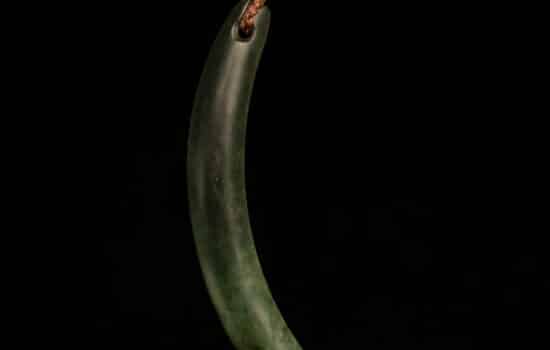
Sold
Aurei
Aurei were customarily used as a pin for fastening cloaks and may be made from bone, stone, wood or shell. They may also have been worn through the ear as an earring or around the neck as a pendant. Aurei are still commonly worn as pendants and earrings and as with most Māori personal adornments, […]
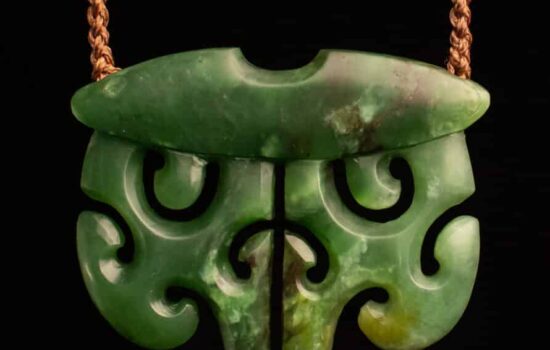
Sold
Moko Kauae
Traditionally women who acquired moko kauae (female chin tattoos) received them based on their mana, established through their whakapapa. They were nominated by the hapū to ensure there was a woman of mana to represent them on the marae.
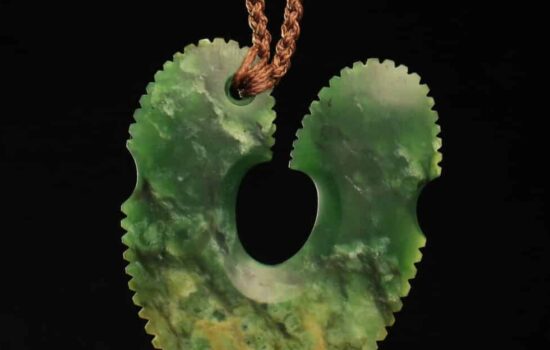
Sold
Hei Matau
Coastal and river-based Māori tribes traditionally used a variety of fishhooks and lures. Hooks and lures varied in shape, material and design. Today hei matau (fishhooks) have become symbolic of traditional Māori technology and continue to symbolize a relationship to Tangaroa, God of the sea.
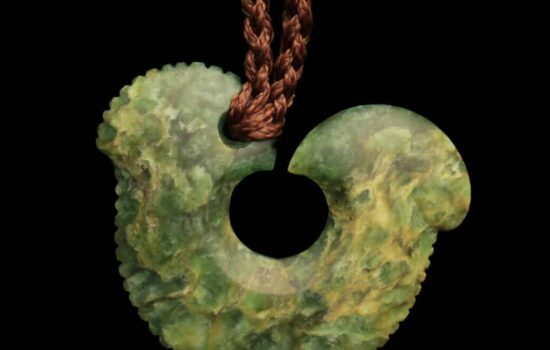
Sold
Hei Matau
Coastal and river-based Māori tribes traditionally used a variety of fishhooks and lures. Hooks and lures varied in shape, material and design. Today hei matau (fishhooks) have become symbolic of traditional Māori technology and continue to symbolize a relationship to Tangaroa, God of the sea.
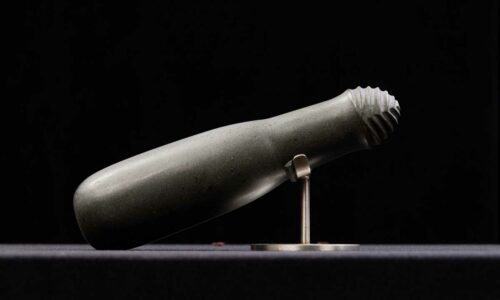
Sold
Patu Muka
Flax was an important item in the Māori economy, and the skills associated with its preparation were highly prized. Before flax could be woven, the outer green layer was removed and the inner fibres were soaked and pounded until soft. This patu muka (flax pounder) was a tool used in the process.
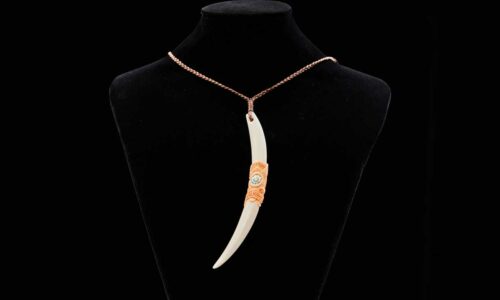
Sold
Aurei
Aurei were customarily used as a pin for fastening cloaks and may be made from bone, stone, wood or shell. They may also have been worn through the ear as an earring or around the neck as a pendant. Aurei are still commonly worn as pendants and earrings and as with most Māori personal adornments, […]